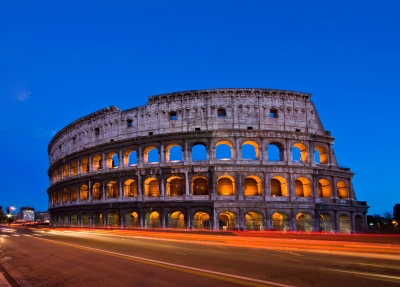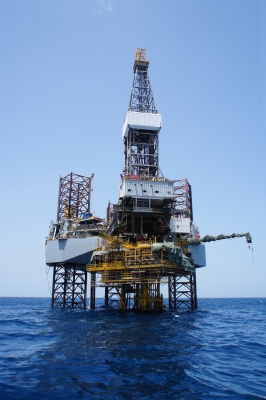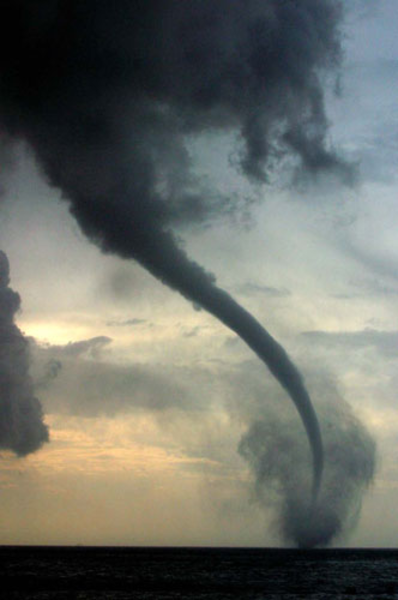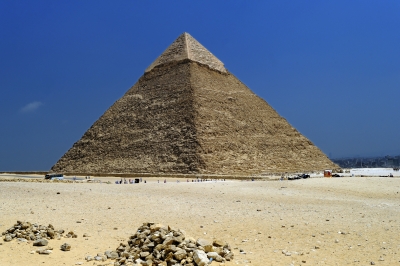
The one and only Ten Random Facts presents ten facts about the popular amphitheatre, the Colosseum!
- The Colosseum opened in AD 80 and took 10 years to be built.
- The Colosseum seated an amazing 50,000 people.
- 5,000 animals were killed for the Colosseum’s opening ceremony.
- The Colosseum was badly damaged by a major fire in 217 AD and then was damaged by an earthquake in 443 AD.
- The Colosseum went into repairs in 240, 250, 252, 320, 484, 508 and around 443 AD. The Colosseum is about to undergo major restoration.
 Colosseum
Colosseum
Image courtesy of vichie81/ Free Digital Photos
- The Colosseum is a theatre and arena and has been used for other interesting purposes like a cemetery, quarry and church.
- The outer wall of the Colosseum was estimated to contain over 100,000 square meters of travertine stone which is held together by 300 tons of iron clamps.
- The Colosseum arena is 83m by 48m (272ft by 157ft).
- The Colosseum starred many animals including rhinoceros, hippopotamuses, elephants, giraffes, aurochs, wisents, Barbary lions, panthers, leopards, bears, Caspian tigers, crocodiles and ostriches.
- Since 1643 AD, 684 species of plants have been recorded at the Colosseum.
















